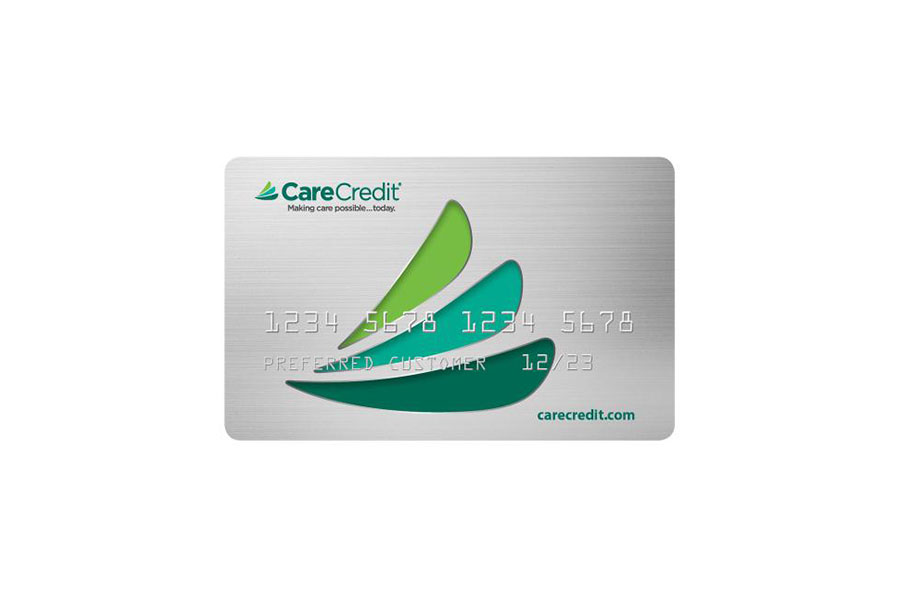Just a few points on your credit score can make the difference in being approved or denied credit. But multiple factors go into credit scoring, including your payment history, amounts owed, and credit mix.

Approximately 30% of your FICO credit score is based on the amount of debt you owe. Only payment history ranks higher, at 35%. Your overall amount of debt plays an important role in scoring, but FICO also takes a look at your revolving accounts to determine just how much of your allotted credit you’re using. The lower that ratio, the better. That’s what FICO calls your revolving utilization rate.
Key Takeaways
- Revolving utilization measures how much of your available credit you’re using. It’s a key factor in credit scores, typically best kept below 30% for an optimal rating.
- To calculate this rate, divide your current credit card balance by your credit limit, then multiply by 100 to obtain a percentage. Managing this ratio by reducing credit card debt or requesting higher limits can significantly impact your credit score.
- To improve your credit utilization ratio, consider strategies like reducing debt, requesting higher credit limits cautiously, setting up alerts to monitor balances, and consolidating debt into a personal loan.
Credit 101: What is revolving utilization?
Revolving utilization, often known as credit utilization, is a key metric in determining one’s credit health. It is the percentage representation of how much of your available credit you’re using. To put it simply, it’s a ratio of your current credit card balance to your credit card limit. It is generally advised to keep it low, as high utilization can indicate to lenders that you may be overextending yourself financially.
Understanding the importance of revolving utilization can help you maintain a healthy credit score. Those with lower utilization rates are often seen as less of a risk to lenders, which could lead to better loan terms and lower interest rates.
Moreover, it’s essential to monitor all of your revolving credit accounts, as they collectively contribute to your overall utilization rate. By responsibly managing these accounts, you can optimize your credit score and enjoy financial benefits in the long run.
How to Calculate Your Revolving Utilization
Determining your revolving utilization ratio is fairly simple. You divide your balance by your credit limit. You’ll then multiply that by 100 to get your percentage. This can be expressed as a formula:
What you owe ÷ credit limit x 100 = revolving utilization ratio.
For instance, if you have a credit card with a $2,000 balance and your credit limit on that card is $10,000, you’d have a 20% utilization rate. Here’s the math: $2,000 ÷ $10,000 × 100 = 20%.
Additionally, there are several online calculators designed to help with this task. These tools not only determine the utilization rate for a single card but also provide an aggregate rate across multiple sources of revolving credit. By using these calculators, you can understand your overall credit usage and make informed decisions to boost your credit scores.
What is a good revolving utilization rate?
Any look at revolving utilization has to consider what credit scoring models see as a good ratio. Generally speaking, the lower that ratio is, the better. A low balance with respect to the credit limit shows you’re avoiding overspending and managing your credit well.
But what’s considered a low score? Scoring models tend to prefer ratios under 30%. The lower, the better. But there are some factors to consider if you’re hoping to qualify for a mortgage, installment loans, or other forms of credit.
Per Card vs. Overall Credit Utilization
The challenging thing about gauging your credit utilization is that not all credit scoring models calculate those rates the same way. Some may take a look at credit card accounts individually, while others combine all credit accounts into one lump sum. If the latter is the case, that means your total balances will be added together and divided by the total credit limit on all revolving accounts.
Credit Card Reporting and Your Score
Timing comes into play, particularly if you’re cleaning up your credit report for an upcoming purchase. If you put some money toward a credit card to pay down the amount due, credit reports might not reflect that change immediately. There’s a reason for that.
Credit card issuers report activity to the credit bureaus once a month, typically at the end of each billing cycle. This means it could be a few weeks after you take action to improve your credit score before you see any change.
5 Ways to Improve Your Credit Utilization Ratio
Improving credit scores can take time, so it’s important to start working on it well before you need to use it. Your credit profile is something you build over months and years, but there are some things you can do to keep a low credit utilization ratio so that your FICO score is as robust as it can be.
Reduce Your Credit Card Debt
Even lowering your credit card balances by a few hundred dollars can make a difference. High balances can count against you in various ways. A lender may pull your credit report, for instance, and note the high balance on each of your cards.
Before getting started, calculate your overall credit utilization rate and find the magic number necessary to lower your rate below 30%. Then make a plan to pay a little extra toward your credit card debt each month by the due date until you reach it.
Request Higher Credit Limits
One effective method to manage your credit utilization is by seeking a credit limit increase. By increasing your credit card limit, you can instantly boost your ratio. The higher credit limit will look more favorable when juxtaposed with your current account balance.
To get started, pick one card at a time and reach out to your credit card company to formally request a credit limit increase. It’s essential to approach this with caution, as some credit card companies might conduct a hard inquiry, which could have a temporary impact on your credit scores. However, the long-term benefits of a higher limit can be beneficial for your credit profile.
Set Up an Automatic Balance Alert
If you’re trying to improve your credit scores, keeping an eye on your account is a good plan. Your credit card accounts should come a way to set up notifications. If it’s an option, set up alerts on your credit card balances to keep you motivated to stay on track.
Make Twice-Monthly Credit Card Payments
Keeping your balance low throughout the month can help ensure your ratio is low when your payments are reported. Make it a point to pay toward your balance more than once a month.
Consolidate Your Debt
Lenders pay close attention not only to your credit score, but your credit history. Consolidating your debt into one personal loan can help in two ways. One is that it will reduce your revolving debt, and another is that if you pay it on time, you can boost your credit scores.
Frequently Asked Questions
What is revolving credit?
Revolving credit is a type of credit arrangement that allows consumers to borrow up to a maximum limit on a continuous basis. As consumers repay the borrowed amount, their available credit returns to the original limit, allowing them to borrow repeatedly without reapplying. Credit cards are the most common form of a revolving credit account.
Unlike installment loans, where borrowers receive a lump sum upfront and repay it in fixed monthly payments, revolving credit gives flexibility in terms of borrowing and repayment. With installment loans, once the loan is repaid, the account is closed, whereas revolving credit remains available as long as the account is open and in good standing.
What is a good revolving credit utilization rate?
A good credit utilization rate is generally considered to be 30% or lower. This means that if you have a credit limit of $10,000 across all your revolving credit, you should aim to keep your balances below $3,000.
Maintaining a low utilization rate indicates to a lender or credit card company that you manage your credit responsibly and don’t rely too heavily on borrowed money. This can positively impact your credit scores and make you a more attractive borrower according to lenders.
Why is revolving utilization so significant in determining my credit score?
Revolving utilization is important because it indicates to lenders how responsibly you manage and utilize the revolving credit available to you. High utilization can suggest potential financial strain or mismanagement, which is a red flag for potential lenders.
If I pay off my entire credit card balance before the due date, will my revolving utilization be 0%?
Yes, if you pay off your entire balance before it’s reported to the credit bureaus, your utilization for that particular card will show as 0%. However, remember that the timing depends on when your credit card issuer reports to the bureaus.
How often should I check my credit utilization ratio?
It’s beneficial to monitor your credit utilization regularly, especially if you’re planning to apply for a significant loan or credit product soon. Tools and apps that provide monthly credit score updates can help keep track.
What happens if my credit utilization spikes for one month?
A single month of high credit utilization might negatively impact your credit score temporarily. However, if you bring that utilization down the following month, your score can recover.
What should I keep my revolving utilization under?
Although it can vary by credit bureau, it’s best to keep your credit utilization under 30%. This is calculated by looking at the amount you owe and the limit. The limit is typically set whenever you get a new card, but it can increase over time.
If you’re trying to boost your credit score, reducing your debt is always a great idea. Since part of your score is calculated based on your debt ratio, paying down your balance can help. On the flip side, that won’t be the only factor, so make sure you look at other lines of credit and debts that might impact your attractiveness to lenders.




